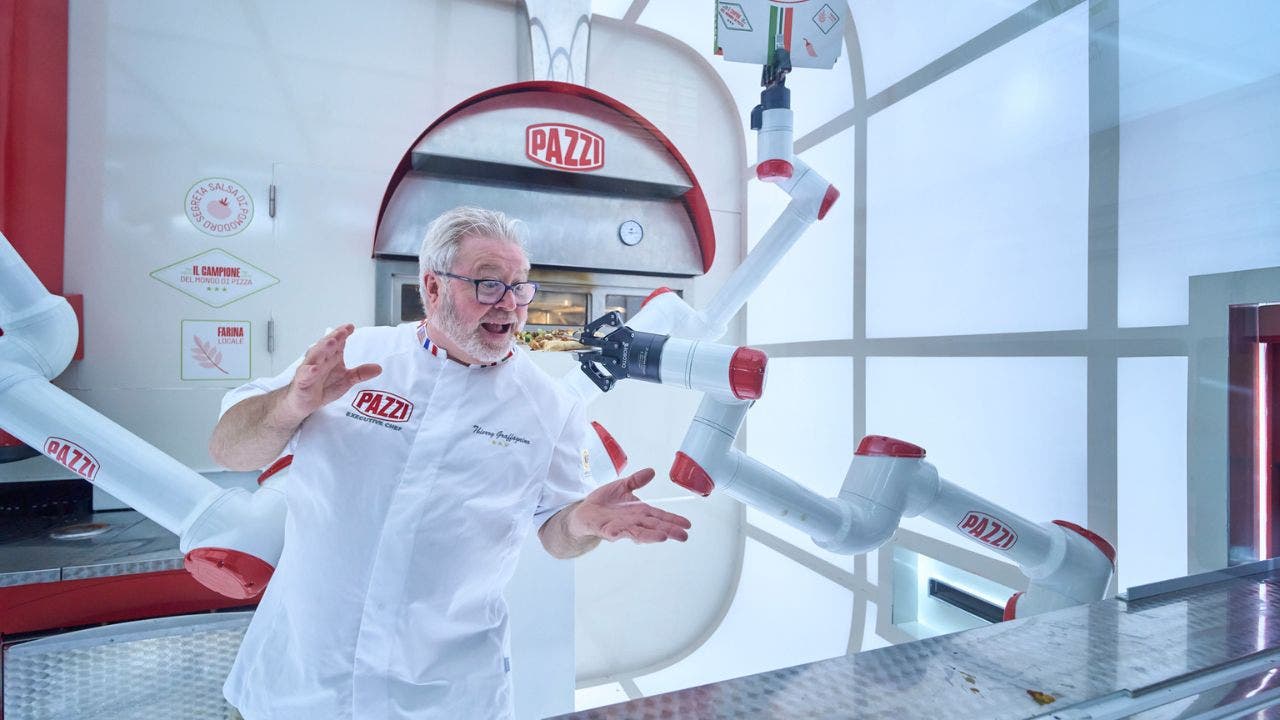Pizza-making robots: Should AI pizza chefs get a second chance after Pazzi?

The Rise and Fall of Pazzi Robotics: A Lesson in Innovation and Timing
In a bustling corner of Paris, a revolutionary pizza experience once captivated diners seeking a taste of the future. Pazzi Robotics, a French startup, promised a pizza-making robot that could craft a pie from scratch in just five minutes, without the need for human hands. This ambitious vision merged advanced automation with Italian culinary tradition, setting the stage for a reinvention of how people viewed pizza.
For nine years, the team at Pazzi worked tirelessly to perfect their technology. They secured five patents, collaborated with world-champion pizza chef Thierry Graffagnino to refine their recipes, and garnered over 3,000 requests from around the world. Their robot could knead dough, spread sauce, add toppings, bake, slice, and box a pizza with precision and efficiency. The technology was groundbreaking, earning CEO Philippe Goldman the title of \”Most Innovative CEO of the Fast-food Industry.\”
Despite these accolades, Pazzi Robotics ultimately closed its doors in 2022, leaving many to wonder if the company was simply ahead of its time. Goldman, reflecting on the challenges that led to Pazzi’s demise, cited the need for significant time and financial resources to succeed in the hardware startup space. He also noted that the robotics ecosystem in France was not mature enough to support such a venture, and the dual nature of running a tech company and a restaurant posed unique challenges.
In his post-mortem analysis on LinkedIn, Goldman admitted to shortcomings in leveraging his board to address tough issues and the importance of building a strong executive team from the start. Despite the setbacks, he remains proud of what Pazzi achieved and believes it paved the way for future innovators in the food tech industry.
The question of whether Pazzi’s French roots played a role in its fate lingers. France’s cultural wariness of robotics, especially in the food industry, coupled with limited public and institutional funding for hardware projects, may have hindered Pazzi’s success. Perhaps a launch in Italy, where pizza is a national treasure, would have provided more authenticity and acceptance for the robot-made pizza concept.
Pazzi’s technology, powered by a blend of robotics, artificial intelligence, and machine vision, showcased the potential for automation in food service. The system could operate 24/7, producing a pizza in under five minutes with minimal human involvement. While critics raised concerns about job displacement in the restaurant industry, the demand for efficient solutions in the face of labor shortages and rising costs continues to grow.
As the world grapples with the need for automation in food service, the question arises: Should pizza-making robots be given a second chance? While Pazzi may have been ahead of its time, the appetite for fast, consistent, high-quality pizza remains. The next iteration of pizza-making robots may find success in a more receptive market or at a time when society is more prepared for a robotic revolution in the kitchen.
In the end, Pazzi Robotics may be gone, but its bold vision lives on as a lesson in innovation, timing, and the challenges of changing how we eat. The story of Pazzi serves as a reminder that sometimes, success is not just about the technology, but also about whether the world is ready to embrace it. Would you be willing to try a pizza made entirely by a robot? The legacy of Pazzi invites us to ponder the future of food technology and the role of automation in shaping the culinary landscape.




